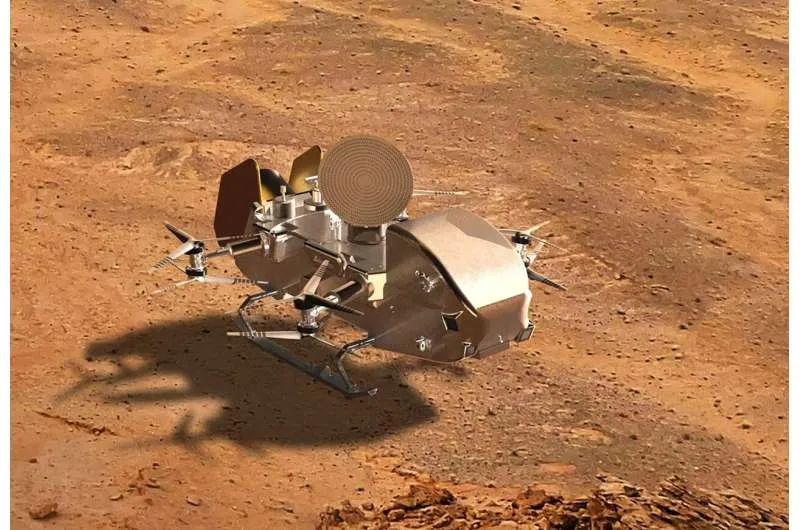
NASA’s Dragonfly Mission: Unveiling the Secrets of Life on Titan
NASA's ambitious Dragonfly mission is poised to revolutionize our understanding of the origins of life. Scheduled to launch no earlier than 2028, this car-sized rotorcraft will journey to Saturn's moon Titan, a world eerily similar yet profoundly different from Earth. But why Titan? Because it offers a unique window into prebiotic chemistry, the chemical processes that may have led to life itself.

Titan's landscape features dunes, clouds, rain, rivers, lakes, and seas, mirroring Earth's own. However, its frigid temperatures (minus 292 degrees Fahrenheit) mean that these familiar features are composed of organic material and liquid methane/ethane, not silicate and water. Dr. Zibi Turtle, principal investigator for Dragonfly at the Johns Hopkins Applied Physics Laboratory, states, "Dragonfly isn't a mission to detect life—it's a mission to investigate the chemistry that came before biology here on Earth."
One of the primary targets is Selk crater, a 50-mile-wide impact site believed to have once held a pool of liquid water for an extended period after its formation. This temporary pool could have acted as a 'primordial soup,' blending organics with water and minerals from the impactor. Sarah Hörst, an atmospheric chemist at Johns Hopkins University, describes it as "essentially a long-running chemical experiment...a natural version of our origin-of-life experiments—except it's been running much longer and on a planetary scale."
Dragonfly will utilize the Dragonfly Mass Spectrometer (DraMS) to analyze surface chemistry, searching for patterns indicative of complex chemistry rather than specific molecules. Morgan Cable, a research scientist at NASA's Jet Propulsion Laboratory, notes that they'll be looking for patterns suggesting complexity, such as those found in amino acids on Earth.
The mission will not only analyze various sites within and around Selk Crater, but also attempt to answer if the chemistry that sparked life on Earth is a universal law, or a cosmic fluke.

While Titan is not considered habitable due to its extreme cold and lack of surface liquid water, it presents a unique opportunity to study the chemical processes that may have led to life on Earth. If the Dragonfly mission determines that life is in fact rarer than scientists previously thought, it would drastically change the scientific communities stance on life in the universe.
What secrets will Dragonfly unearth on Titan? Will it confirm our understanding of prebiotic chemistry, or will it challenge our assumptions about the very origins of life? Share your thoughts and predictions in the comments below!